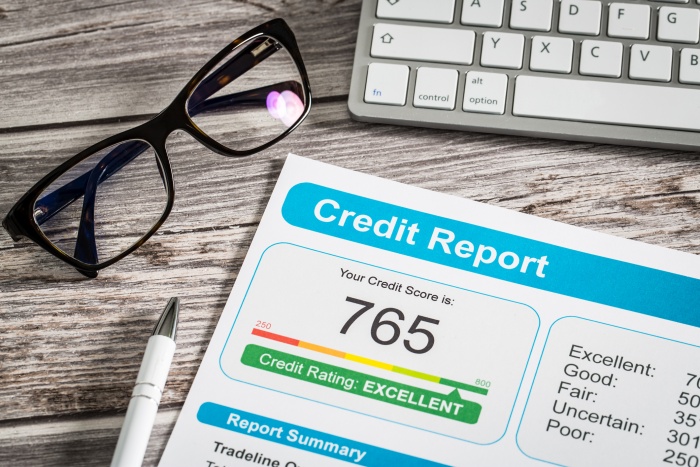Considering closing an existing credit card? Questions about what will hurt your credit? Keep these tips in mind when making decisions involving your credit!
A credit report is an important, and oftentimes misunderstood database of information. In this report, a consumer’s financial state is evaluated and given a number, and called a “score”. A common question, as stated above, is if a consumer should be concerned about closing a credit card or not. The answer to this question relies heavily on the individual consumer. Since everyone’s credit is different, with each person at a different state in their financial life, it is hard to give a direct answer on many questions surrounding credit.
Before making any decision to close an account, it is important to first understand your credit report. There are five crucial elements to each credit score, and understanding the state of your own report while referencing the five factors of a credit score can help you make financially responsible decisions. The five parts that make up a credit score are payment history, credit utilization, length of credit history, new credit, and the credit mix.
Payment history is the largest factor in a credit score. It makes up 35% of the report, and for good reason. This is affirming information for a lender, allowing them to build trust with the prospective credit holder. When it comes to payment history, if a consumer has accounts that they have always made scheduled payments on, it could make a considerable amount of difference to keep that account open. It shows to the lender that you are capable of being trusted with their credit. The most effective way to improve the negative impacts on your credit score from your payment history is to be adamant about making payments on time. Staying aware of what you owe will allow you to increase your score.
A consumer’s credit utilization is the second largest factor, taking 30% of their credit score. This is the ratio between the total amount of credit available across all lines open and the amount of credit used in total. Let’s say that you have two accounts open and the combined total of credit available is $3,000 (Card 1: $1,500; Card 2: $1,500) with a total amount owed of $750 between both of the cards. You have used 25% of your available funds. A good rule of thumb is that your credit utilization is at its optimal potential for improving your score if it is under 30%. It shows that you have the responsibility to spend within your means and keep your cards from being maxed out. Questioning closing one of these accounts from the example above? Take into consideration that having new credit open with a $1,500 credit limit and a bill of $750, will put you far above the 30% threshold, which could signal concern to lenders and impact your credit score. Making sure balances are paid on time can help you decide if it is the right time to close an account.
The length of your credit history accounts for 15% of your credit score. Having experience with credit is an important element in determining a credit score. Let’s say you have a credit card which you made payments on for 20 years. This card is your ticket to show that you are a responsible consumer who is particular about making on time payments. Even if you do not use this card as much, it is important to consider keeping it open to show that you have the ability to maintain credit. We never recommend closing your oldest line of credit.
New credit makes up 10% of consideration in a credit score. It refers to the number of lines-of-credit opened within the year. If a consumer opens many credit cards within a short amount of time, it could send red flags to a lender which could lead them to assume that you are in financial trouble. When questioning whether or not to close an account, it is important to remember that just because the card can no longer be used, the history of the card will remain on a consumer’s credit score for years to come. It is recommended to open lines-of-credit only when necessary, and to keep up with the balances due on each.
The last 10% of a credit score is dedicated to the credit mix. This determines how many different types of credit lines are on a person’s report. It is more reasonable to grant credit to a consumer who is well-rounded with the different types of accounts they hold. This could be anything from a few credit cards, a mortgage, or ofcar payments. Ideally, a consumer wants to be able to show that they are able to maintain different uses of credit. Having many credit cards open and nothing else may result in a lower score, depending on the other deciding factors that make up the report.
In the end, the only certain way to answer the question of whether or not to close an existing credit card account lies in understanding your credit report. Keeping payments on time, and monitoring your credit often will allow you to manage and understand your score.
Follow the link below to enter Granite State Credit Union’s Credit Center. This site will give you access to schedule a Credit 101 session for more information and an analysis of your credit report.
https://www.gscu.org/services/credit-center.html



Comments